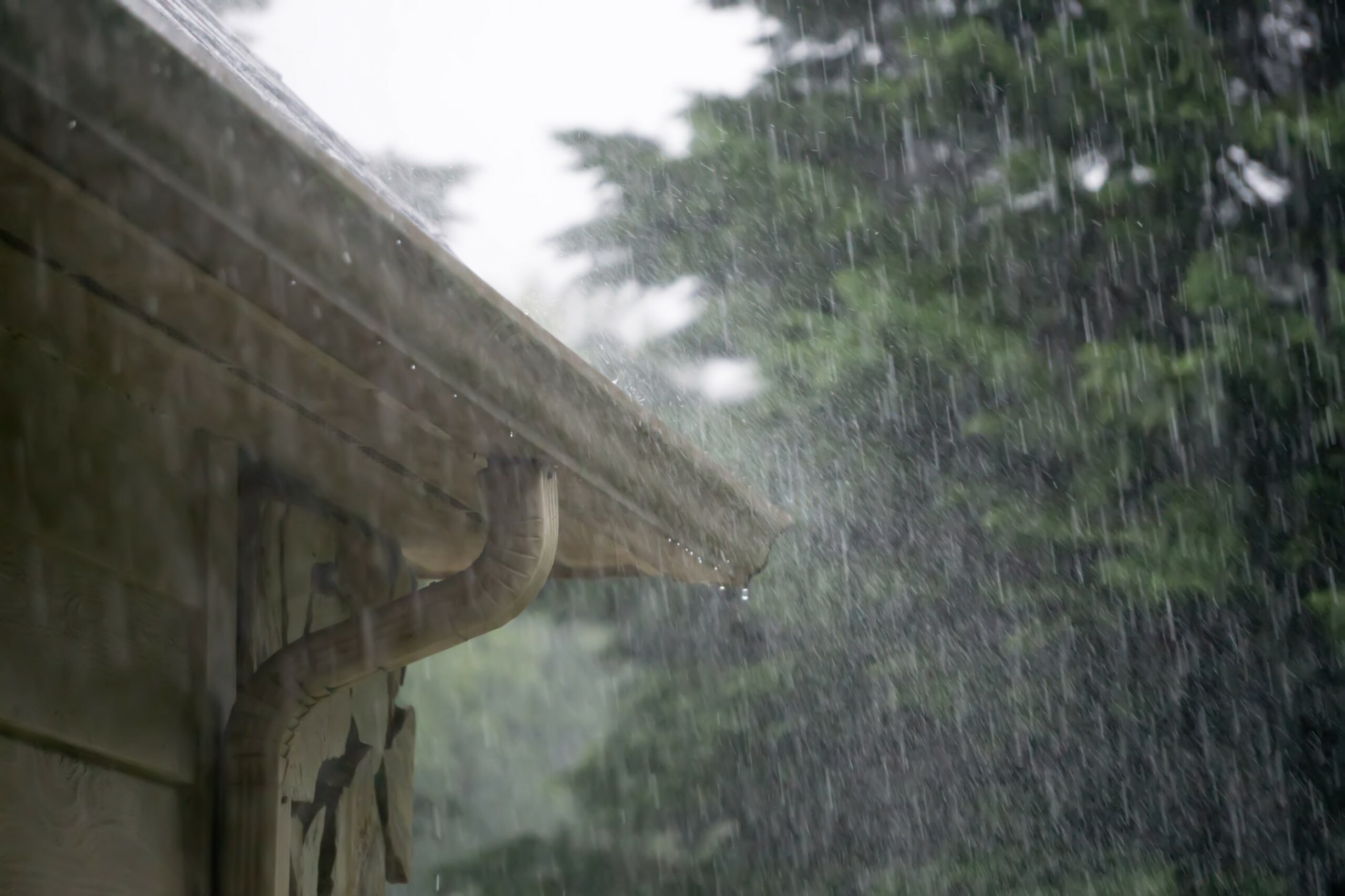
Heavy Rain, Flooding, and Chance of Severe Weather Staring Down the Southern U.S.
January 22, 2024
Posted: November 1, 2021 11:52 am




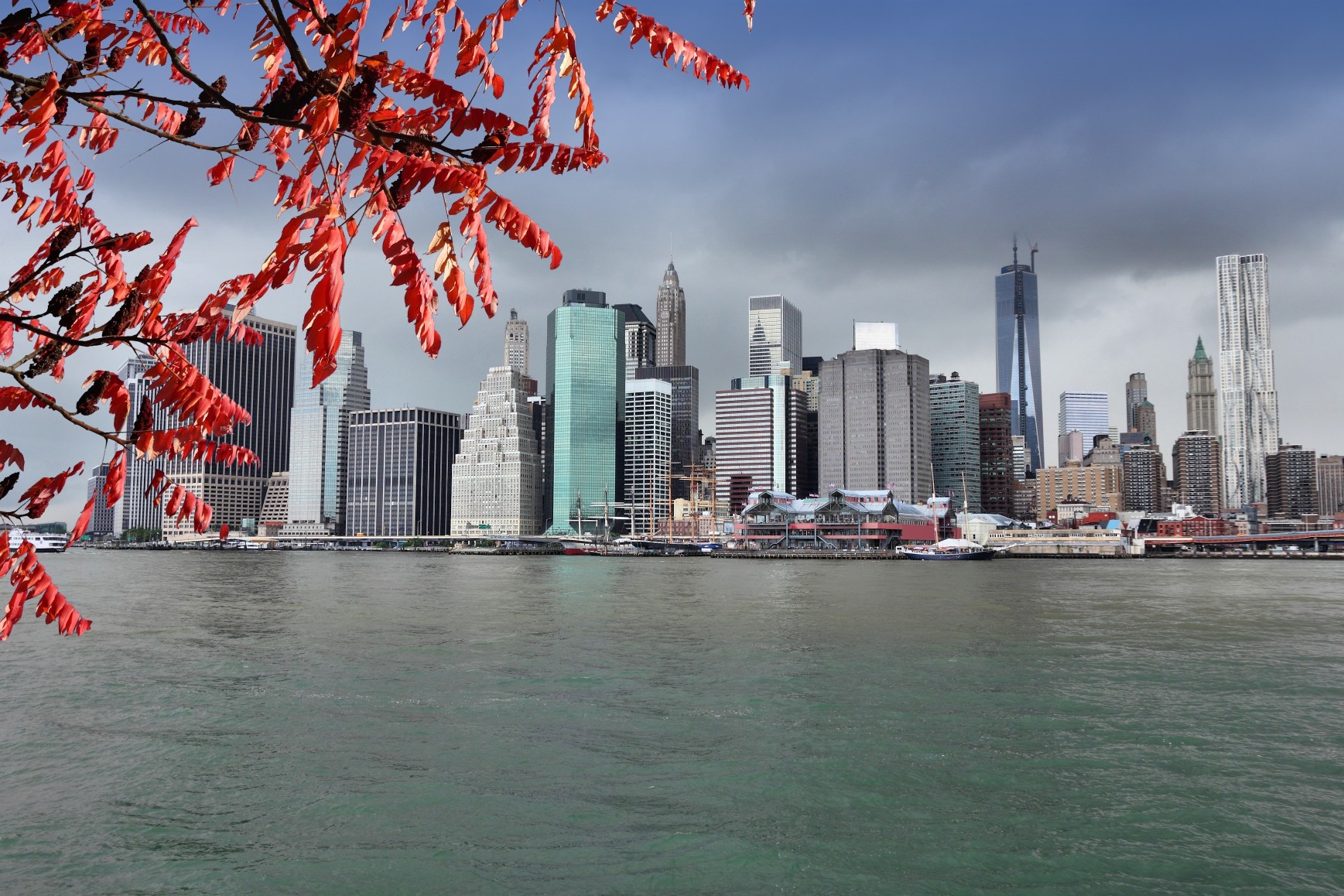
There will be the chill of winter in the air this week throughout the Midwest and the interior portion of the Northeast as cold air drops down from northern Canada. This cold air may also prompt the development of snow.
A dramatic shift in temperatures will kick off the week for a large part of the central and eastern US this week, signaling the beginning of November. The cold air from northern Canada is already on the move. This air could pair with a system of storms in the region to produce the first snowfall for the season in many areas of the Midwest and into the Appalachians by the middle of the week.
How far the mercury drops will determine the chance that you will see white flakes in your area. While this will not be the bitterly cold air that you expect to see later in the winter, the transition will be significant enough for most people to take note.
The Midwest will see the chilliest of temperatures with some daytime highs struggling to get out of the 30s and 40s. Nighttime lows may drop to as low as the 20s throughout the North Central states. The cold air is forecast to stay north of the mid-Atlantic states.
Right about the same time the cold is settling into the region, an active storm track will begin to develop in the central and southern Plains states. This pattern will eventually push into the Tennessee and Ohio valleys before inching into the central and northern Appalachians.
There will be two primary storm systems associated with this active weather pattern. It is still unclear when exactly each storm will hit. The timing will depend on how long it takes the systems to track over the Rockies.
The first storm is forecast to hit about the middle of the week, starting in the central portion of the US and moving into the Northeast. This system is predicted to be the weaker of the two, largely because the cold air will still be building up. While this storm may produce some cold rain and rain mixed with snow, it is not likely to deliver any significant snowfall accumulation.
The area most likely to see the wet snow includes northern Kansas and Missouri and some parts of Pennsylvania and Pennsylvania. The colder surface temperatures in the northern tier of New England will also provide ripe conditions for a higher chance of snow.
The second storm system will not develop until later in the week and into the weekend. This storm has a higher likelihood of producing snow due to the colder air that it has to work with. This is when most people will see the greater threat of measurable snowfall.
As the second system moves through, the areas most likely to see snow include the Appalachians and the Ohio Valley. Because some of these regions still have leaves clinging to the branches, there is a chance that the heavy and wet snow may bring down trees. As a result, power outages are not out of the picture.
Lastly, the cold air dropping down from Canada into the Great Lakes region will also raise the possibility of lake-effect snow. This will be especially true as the second storm system tracks through the region. Because the waters in these lakes are still relatively warm, the cold air passing over them will generate this snowfall.
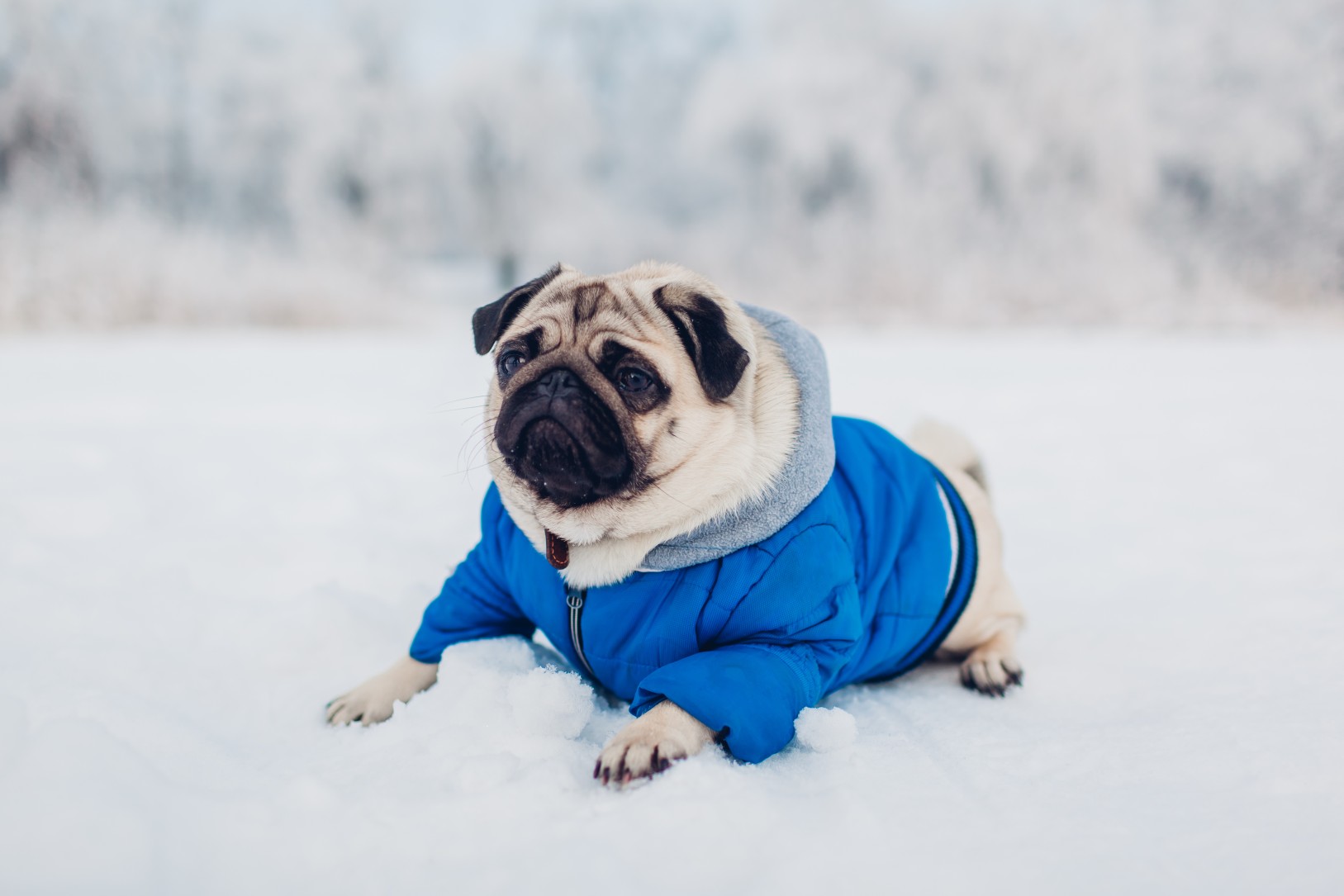
January 21, 2024
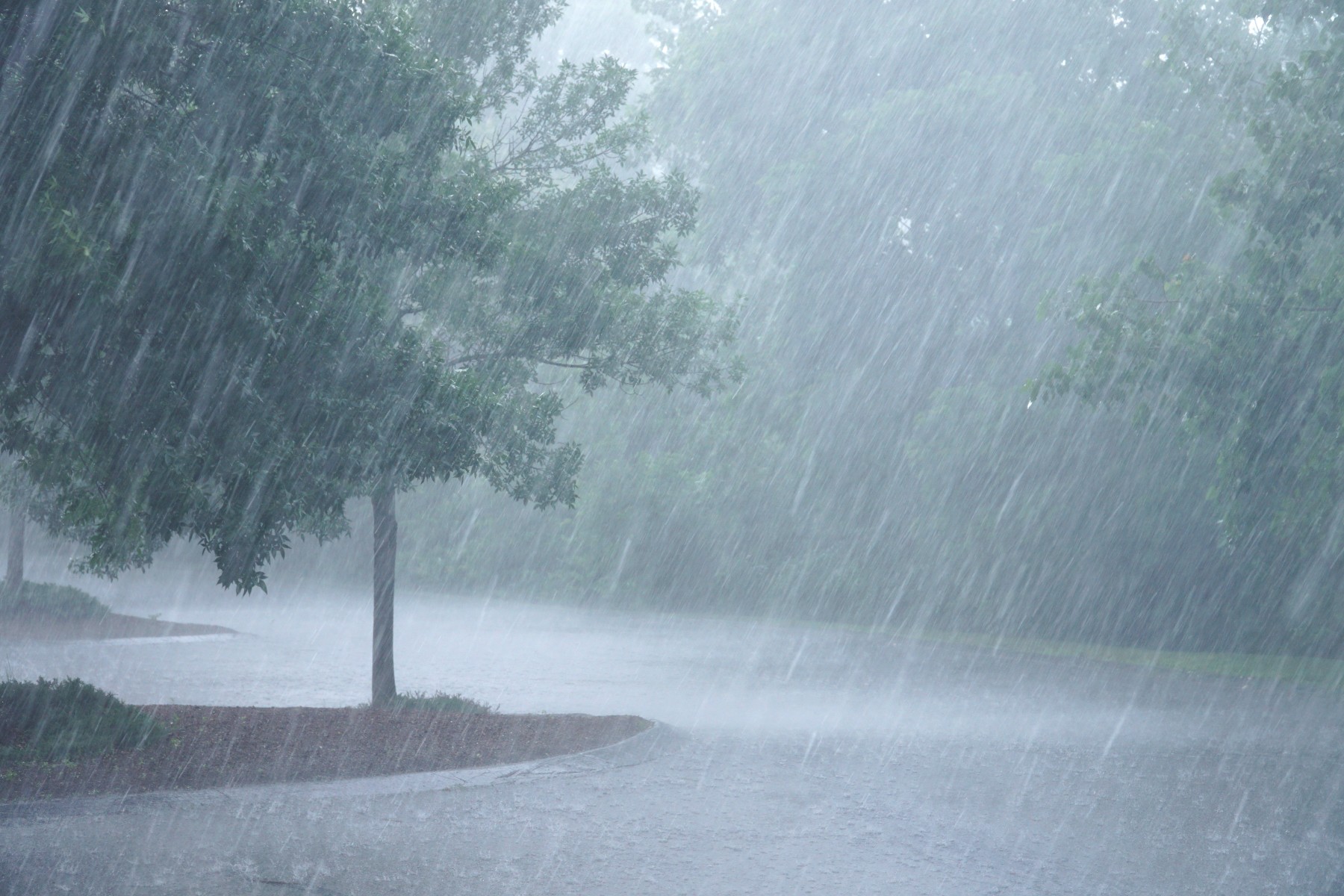
January 19, 2024
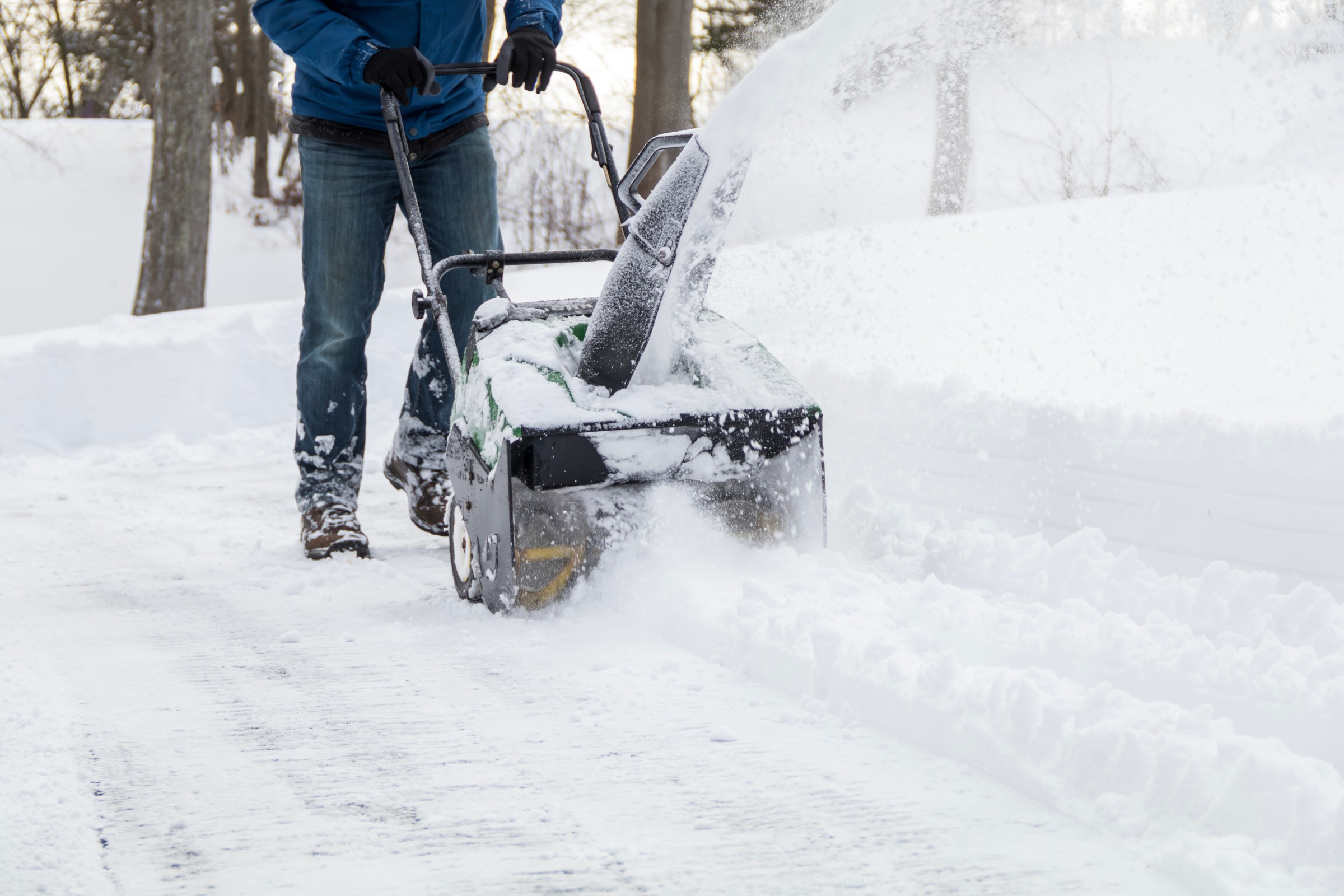
January 18, 2024